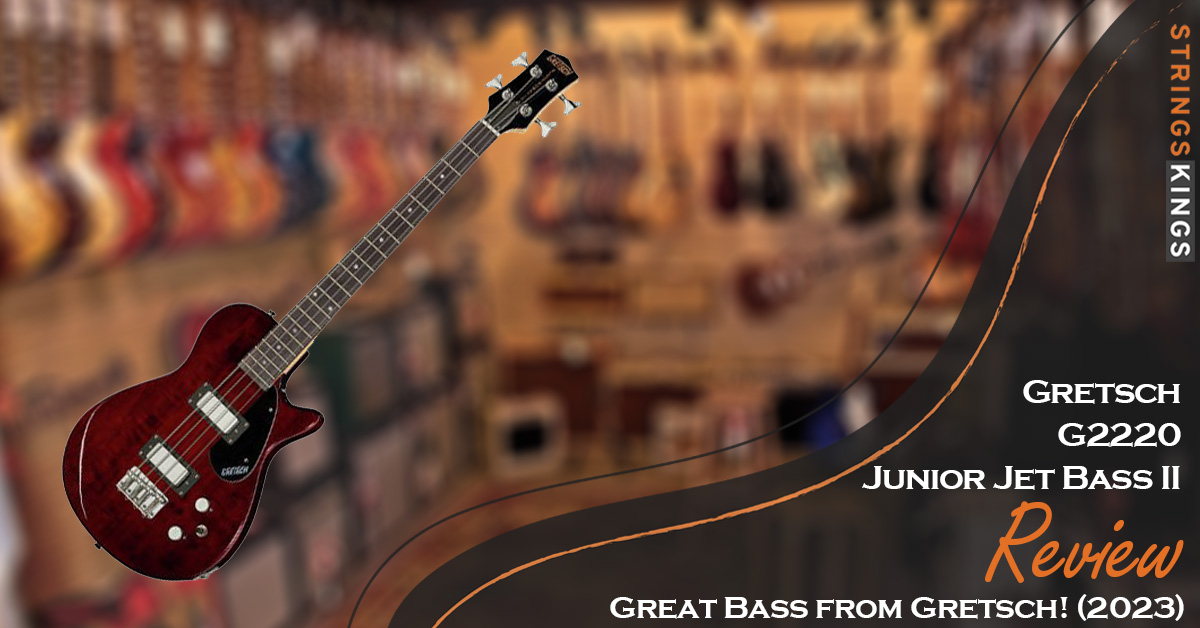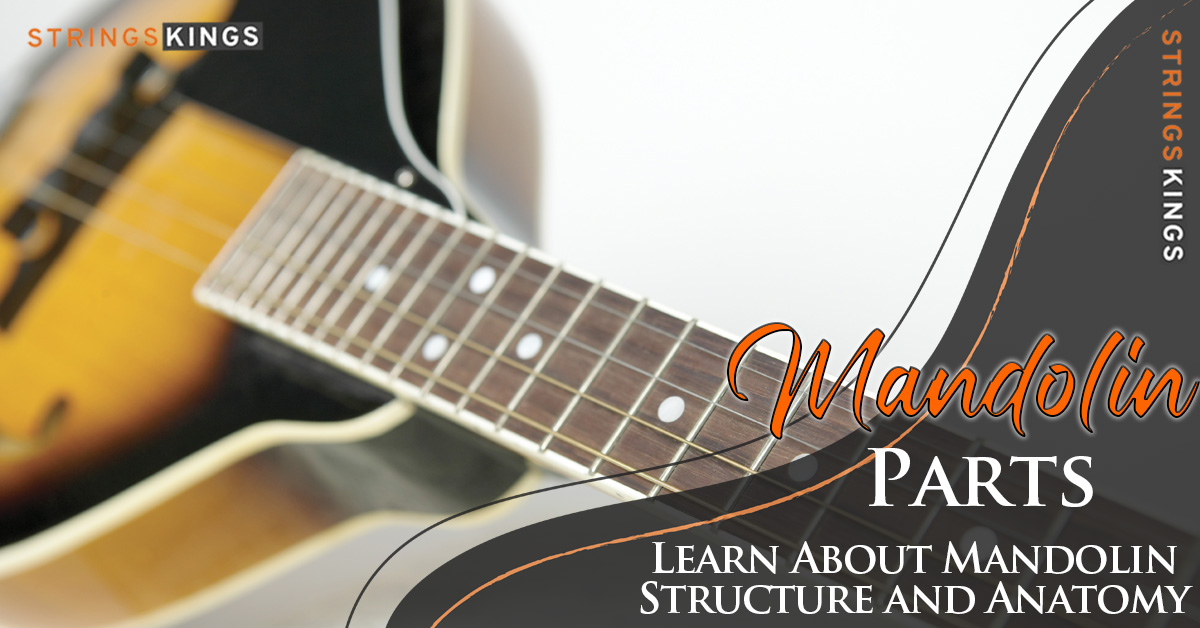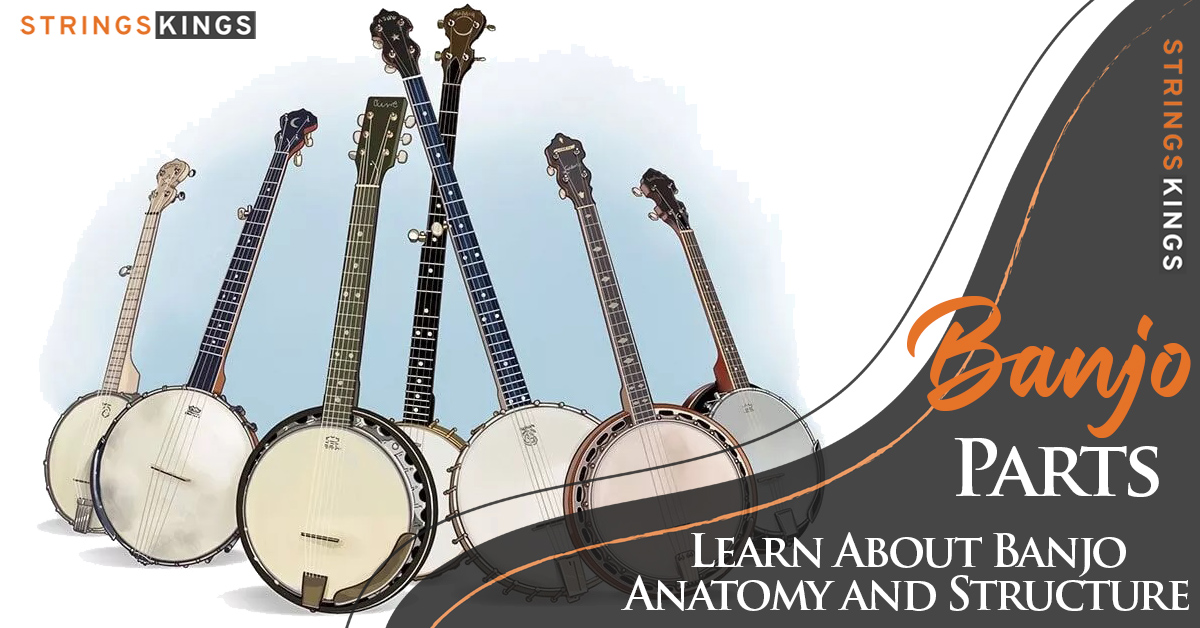Are you wondering what is a Cello? This stringed instrument belongs to the same family as the viola, violin, double bass, and bass violin. In some cases, the cello is written with an apostrophe as ‘cello’, which is a shortening of the violoncello. As with the violin, the cello is usually played with a bow, although it can also be plucked.
Here you can see the parts of Cello:
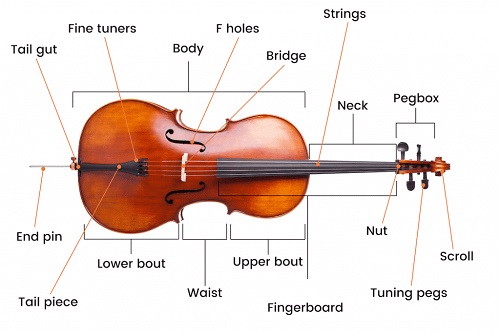
Through a series of artistic transformations and realistic requirements, this solo instrument gradually became an indispensable part of Western music. Most people are unaware of the cello’s history, despite its popularity.
Table of Contents
The Cello – Brief History
Ancient civilizations extensively used stringed instruments such as the harp and lyre to make music including the cello. In 1550, northern Italy became the first region to recognize the cello. This instrument belongs to the violin family and was originally known as the bass violin. The Italians called it viola da braccio.
The making of Violoncello
Making the cello was first introduced to the world by Andrea Amati. He rose to fame by building cellos for King Charles IX of France, even though he was not the inventor of the cello. Violins were depicted in paintings from the 12th and 13th centuries, indicating that they were part of the music of that time. Cellos, however, were developed in the 15th century.
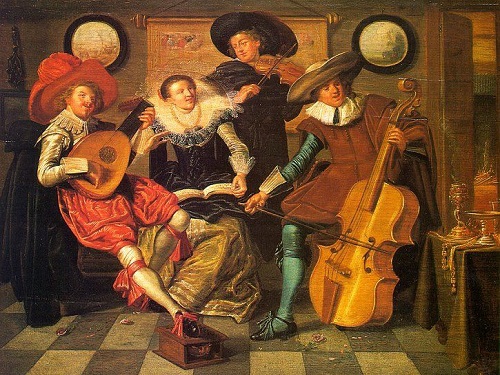
Western European music’s trend toward sound ideals contributed to the cello’s late entry into music. Back then, vocal music dominated all other forms of music. Therefore, the ideals were practically decided by the singers of that time.
In the fifteenth century, extensive performance practices led singers to realize that high pitch and a nasal tone were needed for performance. As a result, there was a demand for a sound very similar to Eastern music today. Cellos were created in response to the need for this tone.
History Of Cello Sizes
The standard size of the modern cello is credited to Antonio Stradivari. In 1710, he started making celli that measured between the two original dimensions of the instrument (too big and too small). This cello size was soon adopted by other cello makers around Europe, making it the standard.
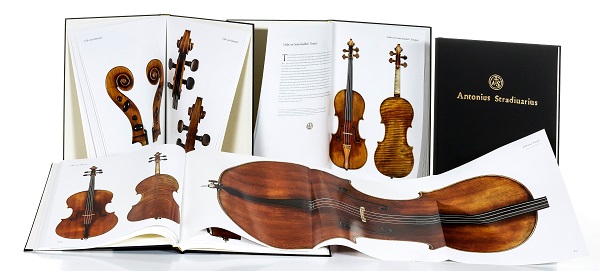
The sound of the cello was further altered by cultural transformations and the demand for different tones. Rather than soft sounds made for a private, limited audience, there was a need for sounds that could be heard by more people.
The Volume and Cello Alterations
In order to increase the volume, precision, and receptivity of the cello, makers made innovations and alterations to the instrument. Their goal was to increase pressure on the strings and increase volume, for example, by raising the bridge. Additionally, the neck and fingerboard were stretched and re-angled for improved clarity and responsiveness.
His part in Modern Music
Cellos can now be heard in various musical genres. Even a music genre dedicated to it has been developed called Cello rock – a subgenre of rock music that emphasizes Gothic sounds.
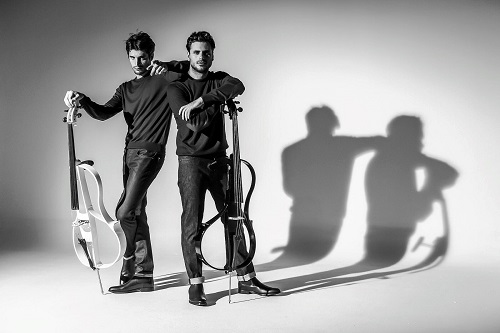
With all of the innovations that have been made to the cello over the past few decades, it has become an interesting instrument. Music lovers will continue to enjoy this instrument for hundreds of years to come because of its versatility.
What is Cello made of?
You may be wondering “what does a cello look like?”
A cello is usually made of wood, and it has the same general shape as a violin. At the bottom, the body is larger than at the top, with a curving indentation toward the middle, and a protruding neck at the top.
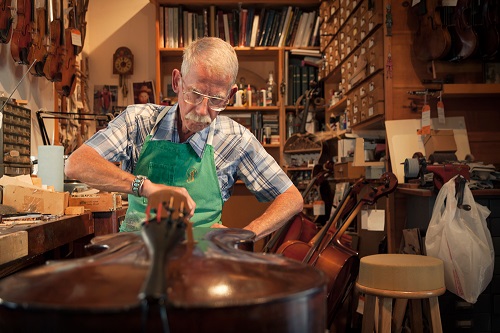
In this instrument, four strings are used, and they may be made of synthetic materials, metals, or gut. Cello bows are traditionally built from brazilwood, while the heartwood of the tree is preferred when making high-quality bows.
In order to make the strings resonate better, horsehair is coated with rosin and used as the bow’s rubbing surface. Although less traditional and not as widely used, synthetic materials can also be used for bows.
The Size of a Cello
Many people are wondering “what size cello do I need?”. In continuation, we will explain everything about the Cello sizes so you can comfortably decide which size is best for you.
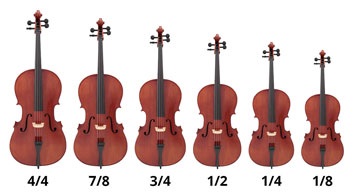
A cello comes in a variety of sizes, from the relatively large 4/4 down to the relatively tiny 1/16. Some smaller-framed people prefer playing 7/8 cellos since they can place their hands more easily, despite the fact that the smallest of these cellos is designed primarily for children. A cello larger than 4/4 can sometimes be played by someone with large hands.
The Cello Tuning
It is tuned to a low register, with A, D, G, and C being the four strings. In traditional tuning, A3, D3, G2, and C2 are tuned in perfect fifth intervals, from the highest to lowest pitch.
There are many alternate tunings used on the cello, with the most widely used being C2, G2, D3, and G3.
Where is Cello mostly used?
Traditionally, the cello is played in Classical, Baroque, and Romantic music, and it plays an integral role in chamber orchestras. It may also be seen as an integral part of a string quartet, providing the low bass end. Cello music has been widely popular over the years, and there have been many works written for this instrument.
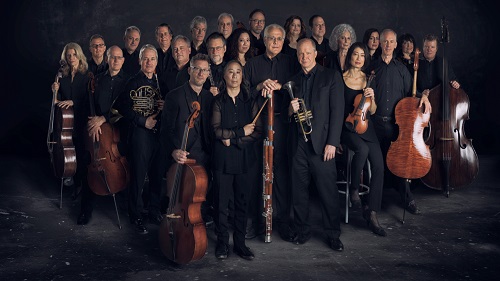
Among these classical cello pieces, Bach’s six cello suites are probably the most famous. Contemporary music, especially R&B and pop, has incorporated the cello more frequently in recent years. In genres such as Celtic and Americana, where fiddles were traditionally used, the cello has begun to become increasingly popular.
Interesting facts about The Cello
- The cello is shortened from the Italian violoncello, which means ‘small large violin.’
- Violincellists and cellists are people who play the cello.
- Celli or cellos are plural forms of the cello.
- Celli with five strings were common in Germany and the Netherlands during the 17th and 18th centuries.
- In European classical music, the cello plays an important role.
- After the double bass, the cello is the second-largest bowed string instrument in the world.
- Cellos are commonly used in Jazz, Rock, and Pop music.
- Two of the most popular cello players in the world are Liz Davis Maxfield and Mike Block.
Why you should choose and learn the Cello?
The benefits of learning the cello are numerous. The following are some reasons why you or your children should learn to play the cello:
Playing an instrument like the cello requires a wide range of abilities. Various learning styles are included, allowing students to choose based on their preferences. Playing an instrument can improve other parts of your learning as new connections are made in the brain. You can increase your child’s math and scientific abilities by teaching him or her how to play the cello.
Playing the cello is a challenging task. There will be challenges that your child will have to face, so he or she will learn how to work hard and overcome challenges. Their sense of accomplishment and reward will come when they successfully master the art of playing the cello.
Cello playing enhances memory recall by developing the brain area responsible for it. It is important to note that musicians have better sensory perception than people without music training.
As well as improving motor control, playing the cello boosts visual-spatial processing and sound interpretation skills.
Children who take music lessons are more emphatic, have better speech, and have a better memory.
The cello helps children learn the importance of teamwork and time management. By playing the cello in a group and maintaining proper timing, you can develop skills that can translate into favorable professional attitudes.
Here you can see some beginner lessons that might help you:
Last Words
We hope that Cello beginners and everyone else that is interested will have a lot to learn from our article. We covered Cello history, build, interesting facts, and all other topics closely related to this instrument.

